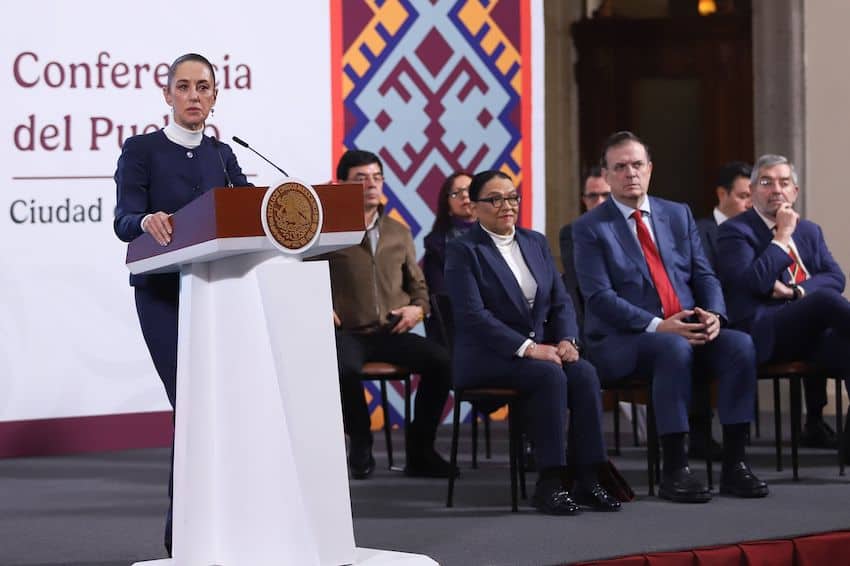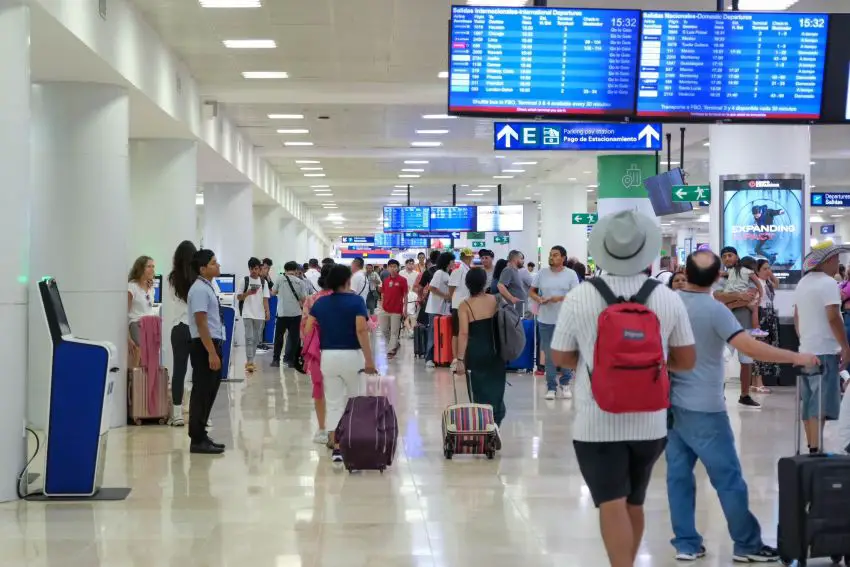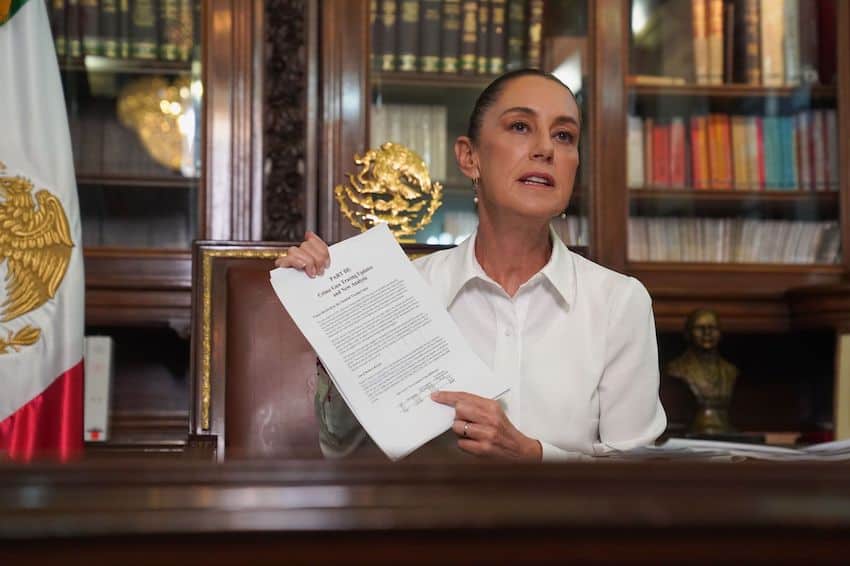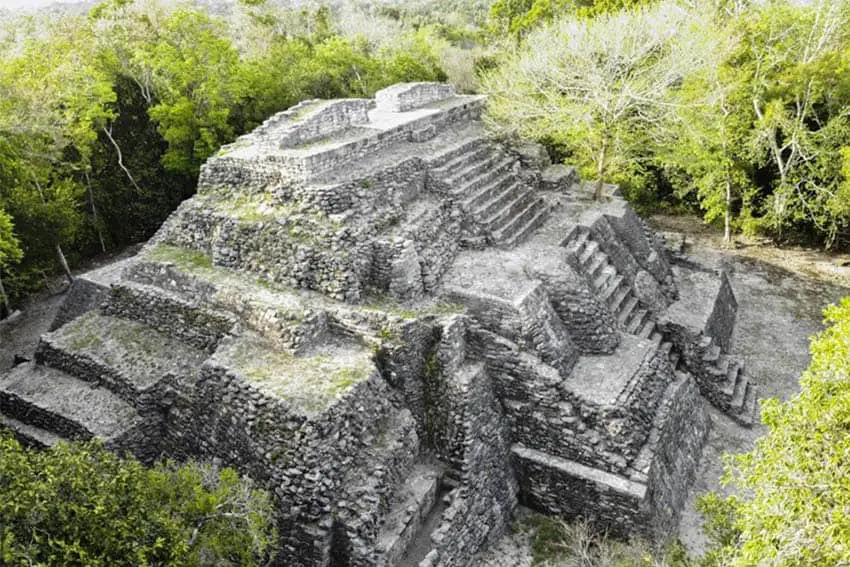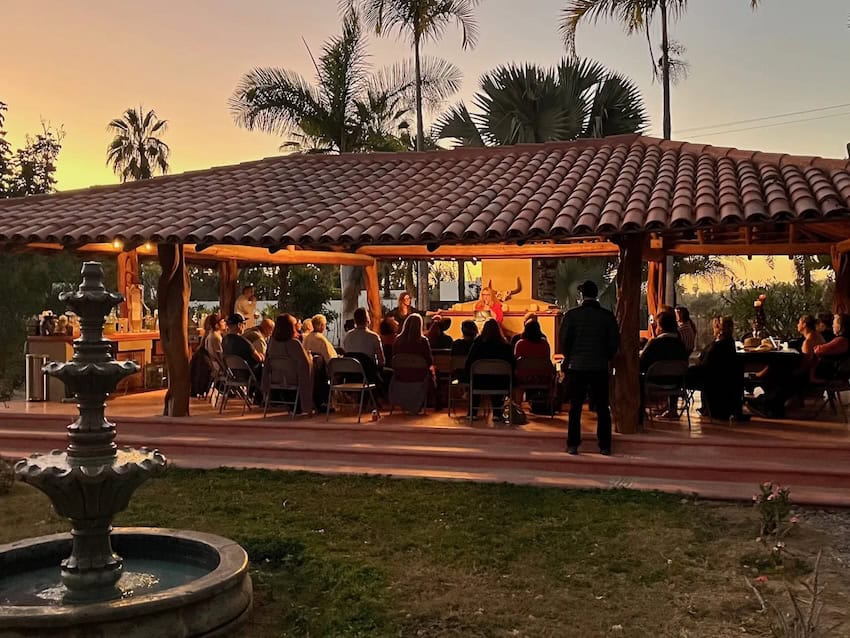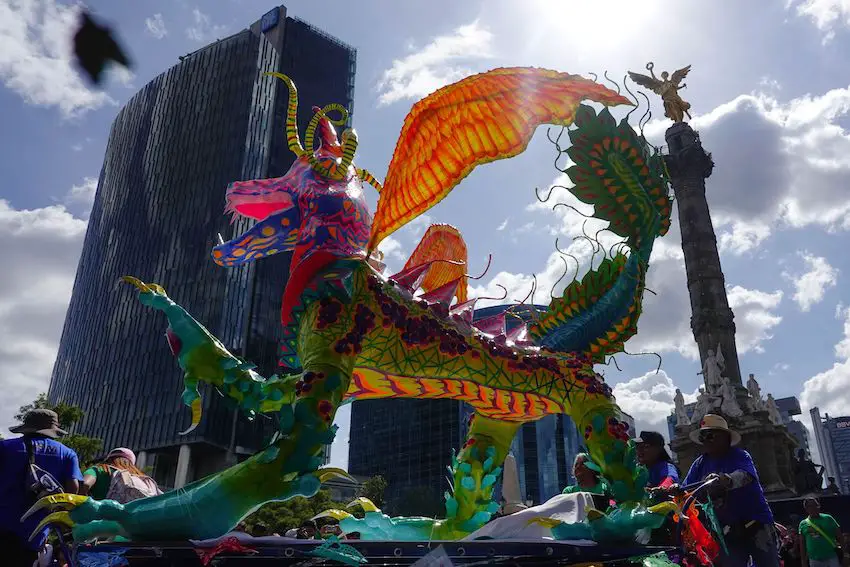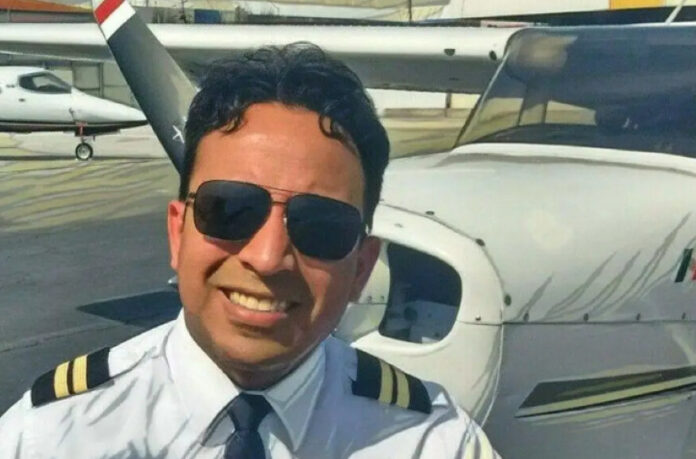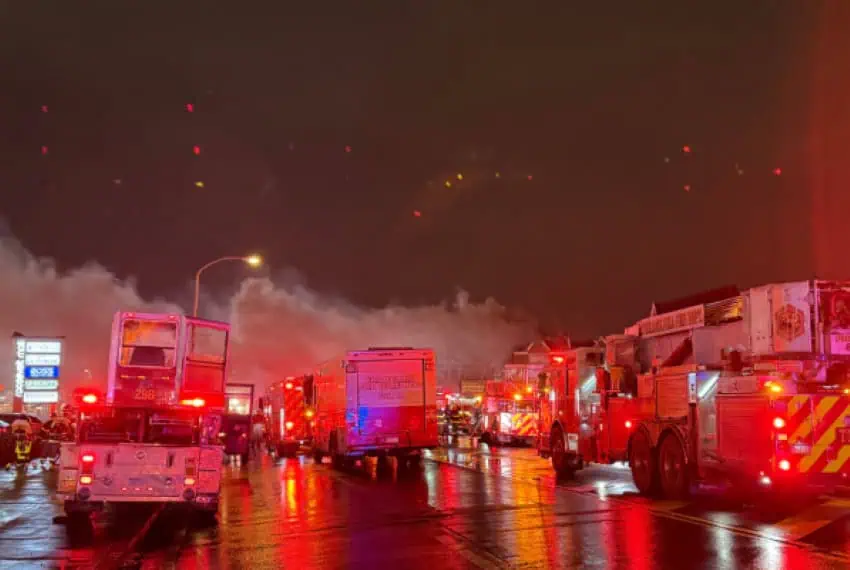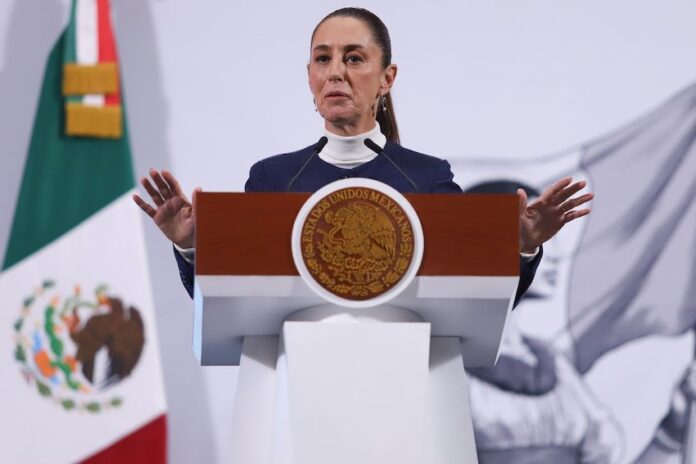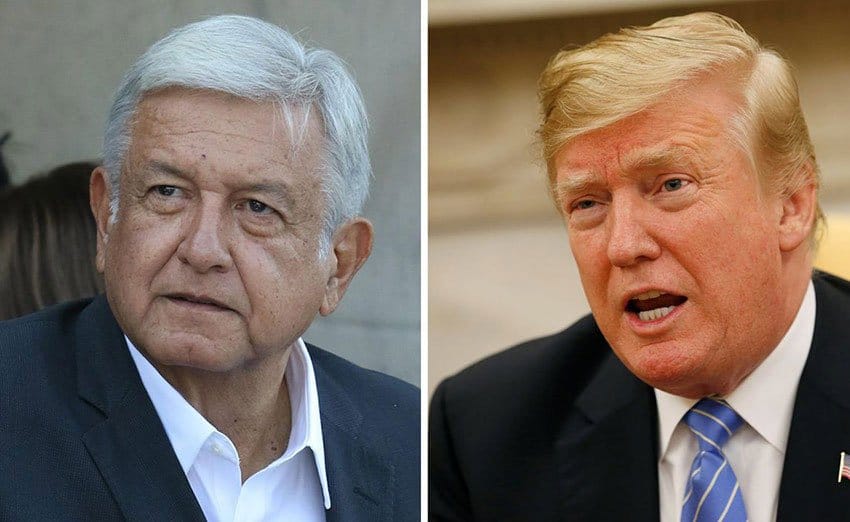The Mexican peso strengthened against the US dollar on Monday after United States President Donald Trump agreed to pause his planned 25% tariff on Mexican exports for one month.
The peso depreciated to above 21 to the dollar on Sunday bottoming out at nearly 21.30 early Monday ahead of the planned commencement of the tariff at 12:01 a.m. Tuesday.
However, the peso was trading at 20.35 to the greenback at 4 p.m. Mexico City time, according to Bloomberg, a 4.7% improvement compared to the low it reached earlier in the day.
President Claudia Sheinbaum announced on social media on Monday morning that she had spoken to Trump and reached “a series of agreements” that postponed the imposition of the 25% tariff on Mexican exports to the U.S.
As part of the deal, Sheinbaum agreed to “reinforce” Mexico’s northern border with the immediate deployment of 10,000 National Guard troops.
Trump said that Secretary of State Marco Rubio, Secretary of Treasury Scott Bessent, and his nominee for Secretary of Commerce Howard Lutnick would engage in negotiations over the next month with “high-level representatives of Mexico.”
Analysts with the bank BBVA said on Saturday that “if the 25% tariff prevails, the peso could initially exceed 24 pesos per dollar with a subsequent correction to 23 pesos per dollar at the end of the year.”
Gabriela Siller, director of economic analysis at Banco Base, predicted Sunday that the peso would depreciate to 23 to the dollar with the imposition of the planned 25% tariff on Mexican exports. If the tariff remains in place for “several months,” the USD:MXN exchange rate “could reach new historic maximums,” she wrote on X.
On Monday, Siller noted that the peso had appreciated, but warned that one month is a “very short” period of time, and asserted that it was “certain” that Trump would continue to threaten to impose tariffs on Mexican exports.
The peso hit a near nine-year high of 16.30 to the dollar last April, but depreciated significantly after Sheinbaum and the ruling Morena party’s comprehensive victories at Mexico’s general elections last June.
Sigue a la baja el tipo de cambio. Comoquiera no hay que confiarse. Un mes es muy poco tiempo y seguro Trump seguirá amenazando a México con el arancel. pic.twitter.com/Uft7CTLjtb
— Gabriela Siller Pagaza (@GabySillerP) February 3, 2025
The peso also weakened after Trump’s victory in the U.S. presidential election, and after his initial threat in late November to impose a 25% on all Mexican exports.
The BBVA analysts said that “if tariffs are avoided, the peso could appreciate to around 19.5 pesos per dollar” and the Bank of Mexico’s benchmark interest rate could fall to 7.5% by the end of the year.
The central bank kept its key rate at a record high of 11.25% for a year between March 2023 and March 2024, a factor that contributed to the strength of the peso against the dollar for an extended period.
However, after five interest rate cuts last year, the Bank of Mexico’s benchmark rate now stands at 10% ahead of its next monetary policy meeting this Thursday.
With reports from El Economista, Reuters and Proceso




